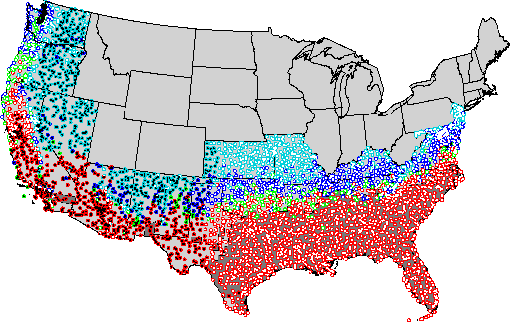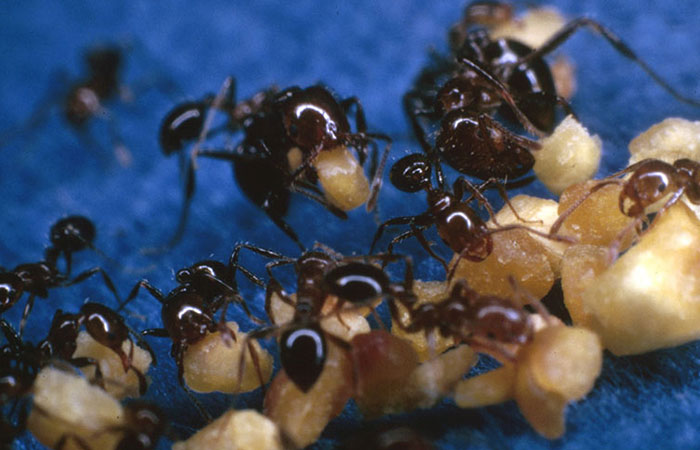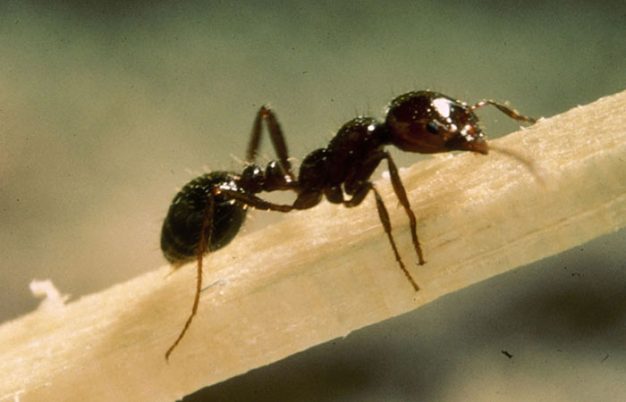Depending on where you live, you either have a VERY STRONG feeling about fire ants, or you don’t think about them at all (lucky you!). That’s because the highest fire ant sting incidence occurs in the southern tier of the United States – Florida, Texas, and all those states in between. So if that’s where you reside, it’s likely you’ve had an encounter or two with these fast and painful attackers.
But why are they found mostly in these areas, you ask?
As it happens, the red fire ant was first brought into the United States accidentally in the 1930s via a shipment of cargo. Whoops! They were initially transplanted into Alabama and have continued to thrive in the southern states because of its warm, moist climate and lack of natural predators. In general, fire ants favor warm, sunny conditions. They prefer fields, avoiding shady areas such as woods. It’s not that they can’t travel north— they are expanding there due to climate change—but they prefer to stay where they are because they have good year-round conditions. See the map below – the red area is where fire ants are more heavily populated, but the blue areas show where they are expanding as time passes.

If you live in the south, it’s vitally important to be able to recognize fire ant mounds so they can be avoided. (And make sure you have Fire Out handy for those painful stings, just in case!) Nests may appear as visible mounds, or they have also been known to blend into the ground at times, making them harder to spot. These mounds can be more visible after rainfall.
Fire ants do not normally seek out and attack human beings. The vast majority of stinging events occur when people inadvertently bother the fire ants, usually by unknowingly stepping on, lying near, or otherwise disturbing their mound.
When this occurs, the fire ants move in large numbers, quickly crawling up your arms or legs – whatever part of you is in contact with their mound. Fire ant stings are numerous and painful at first, and then become itchy. So keep Fire Out handy and apply it as soon as possible.
Fire Out delivers instant, on-contact pain and itch relief for fire ant stings with its maximum strength, dual-action, roll-on formula. It combines benzocaine as a topical anesthetic to alleviate the pain, while menthol reduces the itch from the stings. The small roll-on bottle is perfect for carrying on-the-go when outdoors, plus its unique roll-on applicator quickly covers larger large areas of skin when multiple stings/bites happen.
Photo credit: USDA APHIS PPQ, Bugwood.org









